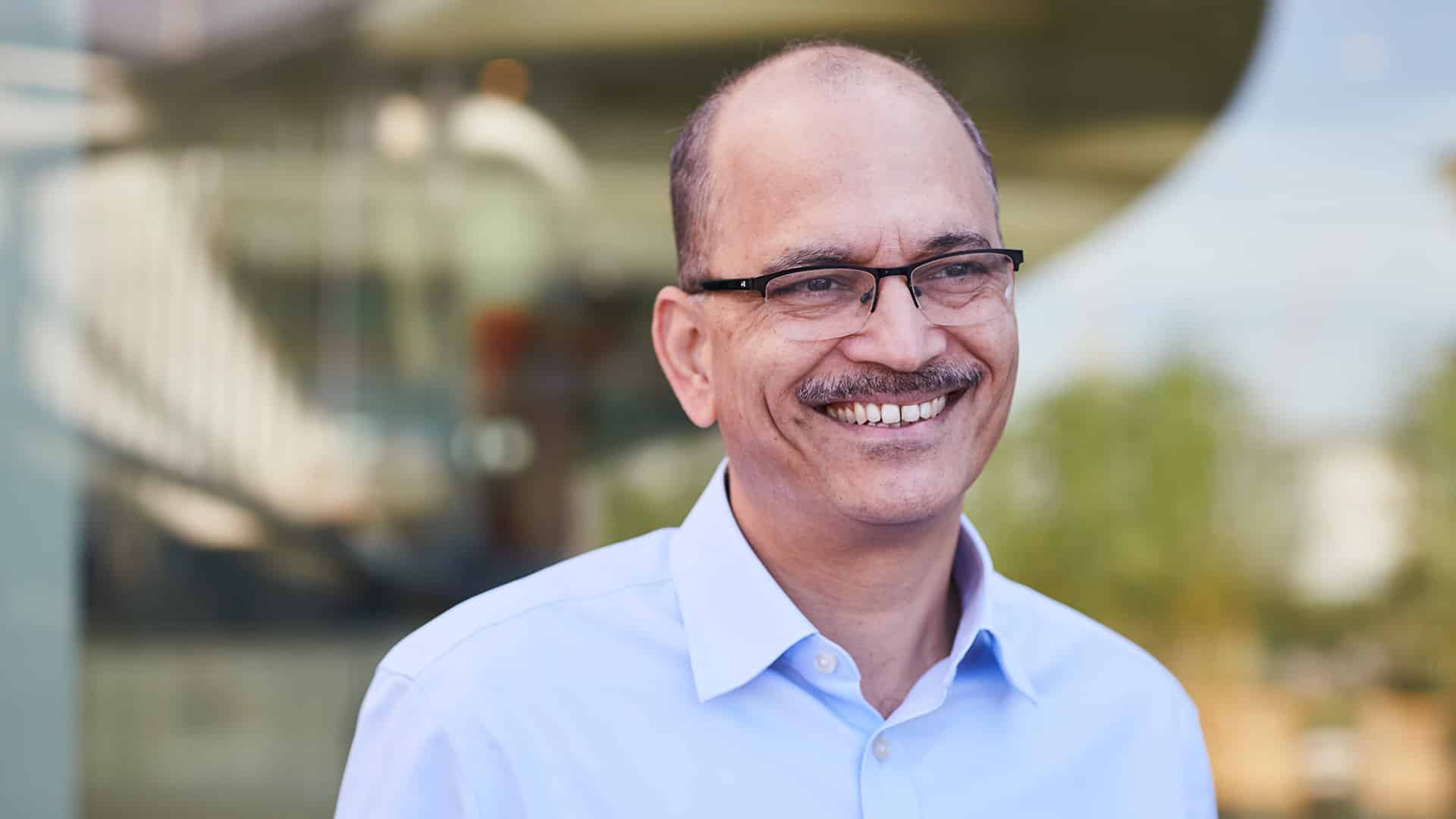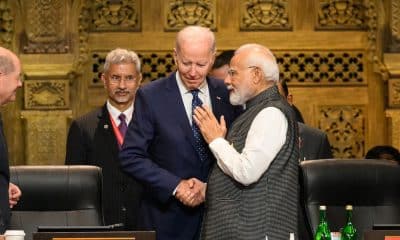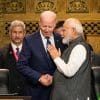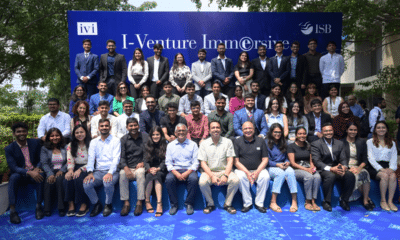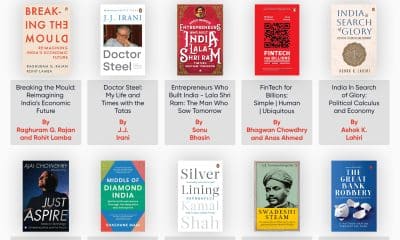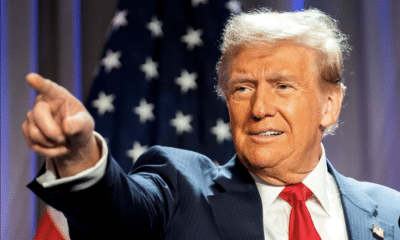Business
India appears to be ‘silver lining’ amid global challenges: HUL Chairman
India appears to be the silver lining amid global headwinds and is poised to leapfrog into the future, but the country must address challenges like employment and agriculture productivity, said HUL Chairman Nitin Paranjpe.
Addressing the AGM of the company on Monday, Paranjpe said India has been the fastest-growing economy in the last decade and is touted to become the world’s third-largest economy by 2027, surpassing Japan and Germany. It is emerging steadily from the shadows of being a poor nation, and taking ‘centre stage’. “The country’s ambition of becoming a high-middle income country by 2047, when the nation celebrates 100 years of independence, is a definite possibility,” Paranjpe said in his speech titled Transforming to Win in the New India.
Also read: AI can help build solutions to systemic challenges faced by healthcare systems: WEF study
This would be led by factors like favourable demographics, rising consumption, enviable digital public infrastructure, investments and a culture of innovation and enterprise. According to HUL Chairman, a growing young population can often translate into a growing economy, and India, with one of the world’s largest populations of youth, can reap the benefits of its demographic dividend in the years to come. About 66 per cent of the country’s population today is below 35 years of age, with 40 per cent of the population in the age bracket of 13-35.
“The country is predicted to become home to one-fifth of the global workforce, making it a go-to destination for employers from across the world,” Paranjpe said, adding “While the population of other developed economies is ageing rapidly, India’s population is expected to stay young for longer”. Moreover, with this growing young population, India is also witnessing a significant rise in consumption. This is helped by growing affluence, urbanisation and nuclear family structure. On India’s growth in digital space, Paranjpe said it is already the world’s largest and fastest growing market for digital consumers with over 750 million internet users, which is expected to increase to 900 million by 2025.
Moreover, he said, India is a favoured investment destination. The government policy decisions, including banking reforms, PLI schemes, FDI policy and implementation of GST and initiatives, such as Skill India and Digital India, provide a fertile ground for investors. “This is India’s time. Armed with a growing young population, a focus on digital public infrastructure and large strides in the adoption of green energy, India stands at the focal point for growth globally. It is, therefore, time for all of us to move forward alongside the nation, together,” he said. However, Paranjpe also warned about several challenges on issues, such as employment, agriculture productivity, low participation of women in the workforce, water etc, saying “if unaddressed, may turn this opportunity into an obstacle”.
“India’s labour force participation rate in 2021, at 46 per cent, was amongst the lowest in Asia. Our growth in recent years has primarily been productivity-led, while the employment has only increased marginally in the last ten years,” he said, adding “We need to ensure a significant increase in both formal employment and enhanced livelihood opportunities to ensure the productive deployment of our young workforce”. This will require an enormous focus on building relevant skills, he noted. “Reports suggest that only half of India’s youth is truly employable. If we have to harness the potential of one of the world’s youngest populations, we need to raise the employability quotient of our population significantly,” he added.
On agriculture, Paranjpe said nearly 60 per cent of the country’s population is agriculture dependent, but it contributes to about one-fifth of GDP. “On the one hand, there is a need to increase agricultural productivity and on the other, we need to move people out of agriculture-dependent livelihoods,” he said, adding that Indian farmer produces 2.4 tonnes of rice per hectare of land, which is far lower than its actual potential while Brazil and China produce 3.6 and 4.7 tonnes of rice per hectare, respectively. About the participation of women in the workforce, he said their representation is 24 per cent of the workforce. Even Saudi Arabia, which was a late starter when it comes to enabling employment for women, has 28 per cent of its women in the workforce.
Citing a World Bank report, he said India has 18 per cent of the world’s population, but only 4 per cent of its water resources. “The demand for potable water is likely to significantly supersede supply by 2030 if adequate measures are not taken,” he said. Paranjpe summed up his speech by saying that HUL will continue to partner in the India growth journey, be it through strengthening livelihood opportunities for people across the value chain, driving skill development in communities or addressing environmental issues through focused interventions. “We hope that in our very little way, we are able to positively impact the planet and people and partner with this great nation in its journey. After all, it has forever been our belief that what is good for India, is good for HUL’,” he said.


